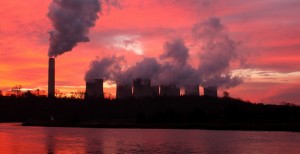
As we reported last week, tomorrow, November 1, kicks off “Beyond Extreme Energy Week of Action” in Washington, DC, and cities across the United States and abroad, and we hope you will somehow participate in or otherwise support these efforts.
Did you know that the U.S. government is the largest energy user at $25 billion per year? Perhaps by coincidence today, Performance.gov has released information on how 38 federal agencies plan to overcome their vulnerabilities to reduce their emissions of climate-changing greenhouse gases, and implement other government-wide plans, to meet goals set by President Obama in 2010. It is currently on track to achieve the 28% reduction in 2020.
While the administration is working toward a clean energy economy, it is not doing enough to foster the switch to renewable energy. The Department of Energy is still focusing on curbing emissions rather than eradicating the special interests who maintain a stranglehold over dirty energy industries.
These vulnerabilities are stark, according to The Washington Post.
- The Department of Health and Human Services cites “more frequent or worse extreme heat events” that it calls “the leading weather-related cause of death in the U.S.”
- The Department of Agriculture warns of a “100% increase in the number of acres burned” in wildfires by 2050, further draining its budget because of the added fire suppression expenditures.
- NASA says about 66% of its assets are already within 16 feet of being lost to rising sea levels.
It’s doubtful Obama will ever get credit for being the first president to make climate action a top priority, but that shouldn’t stop his administration from doing more about the scourge of dirty energy, the overall enemy of climate protection.
Most important, stay informed and take action.
#####
